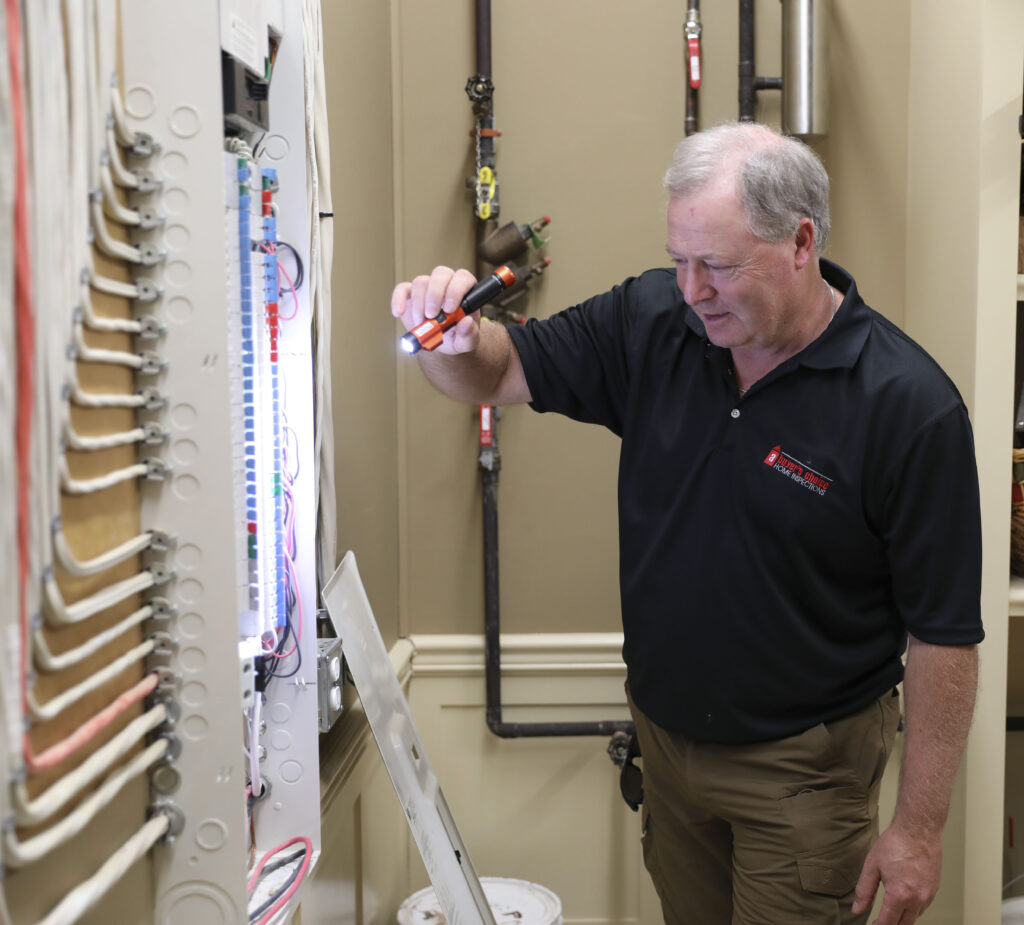As an existing homeowner or aspiring homebuyer, it’s helpful to know what to expect when it comes to typical home improvement and repair costs. That’s why we’ve created a guide for you that offers ballpark figures and helps take the guesswork out of maintenance budgeting.
Of course, the quality of workmanship and materials will influence costs. The complexity of the job, accessibility and even economic conditions can also alter pricing. That’s why it’s important to always get multiple recommendations and quotes before making a decision on who will complete the work for you.
Owning a home comes with ongoing maintenance costs no matter which type or size of home you decide to purchase. A home inspection equips you with the right information to decide if a specific property makes sense for you to purchase and highlights all of the systems within a home. The inspection report then acts as the home’s user manual, detailing where all of the important components are located, including shutoff valves, as well as explains the home’s inner workings when it comes to structure, mechanical systems, appliances and so on.
If you closely monitor the larger potential costs by having annual home inspections to ensure your home is safe, identify necessary repairs and assess the overall condition of the home, you can also budget more accurately for future improvements and repairs.
What are the most common repairs and costs?
Over time, various systems throughout the home will require attention due to such things as climate, wear and tear, and even renovations. Following are examples of the most common areas of a home that may require repairs and a range of costs for each:
- Roof: $2-20 per square foot for reshingling
- Foundation: Ranges from $400-800 repairing a minor crack in poured foundation to $5,000+ for underpinning one corner of a house
- Electrical: $800-3,500 to upgrade service
- Plumbing: $2,000+ to replace a water line
- Heating, Ventilation and Air Conditioning (HVAC): $2,000-7,000 to install a forced-air furnace
- Insulation: $0.80-4.00 per square foot to upgrade insulation
- Windows: $40-120 per square foot to upgrade windows
Again, all of the costs above are estimates, as the actual price can vary depending on the severity of the issue, as well as local costs for labour, materials, etc.
Preventative measures can help you avoid major repairs
As the old Benjamin Franklin quote goes, “An ounce of prevention is worth a pound of cure”. In other words, monitoring important components on both the interior and exterior of your home on a seasonal basis can really help you spot and treat problem areas before they lead to expensive repairs.
Check out our seasonal home maintenance checklists to help you monitor your home’s condition:
When is it okay to tackle do-it-yourself (DIY) projects?
When considering DIY tasks, it’s best to begin with minor repairs and see how you fair. There are plenty of projects that the average homeowner with basic skills and understanding can successfully perform while other specialized services, such as electrical work, really require a professional.
Check out our helpful blog for suggestions on when to DIY vs calling in a professional.
Choosing the right contractor
Finding a contractor you can trust to complete your projects in a professional manner, within a reasonable timeframe and at a fair price can seem daunting, but it’s well worth putting in some upfront research time to get it right.
Here are five key tips to keep in mind when you’re in the market to hire a contractor to tackle your home improvements – big or small.
Staying on top of home repairs and improvements can increase the value of your home, improve its energy efficiency and create a safer, more comfortable living environment. If you complete important tasks before they become issues, you can save money and plan for these repairs and improvements over time.
Find an Inspector near you for further advice and/or to schedule a home inspection: https://abuyerschoice.com/locations







